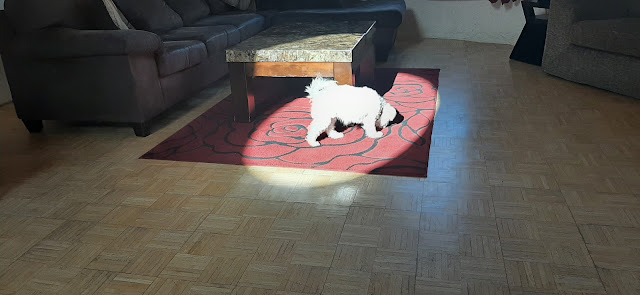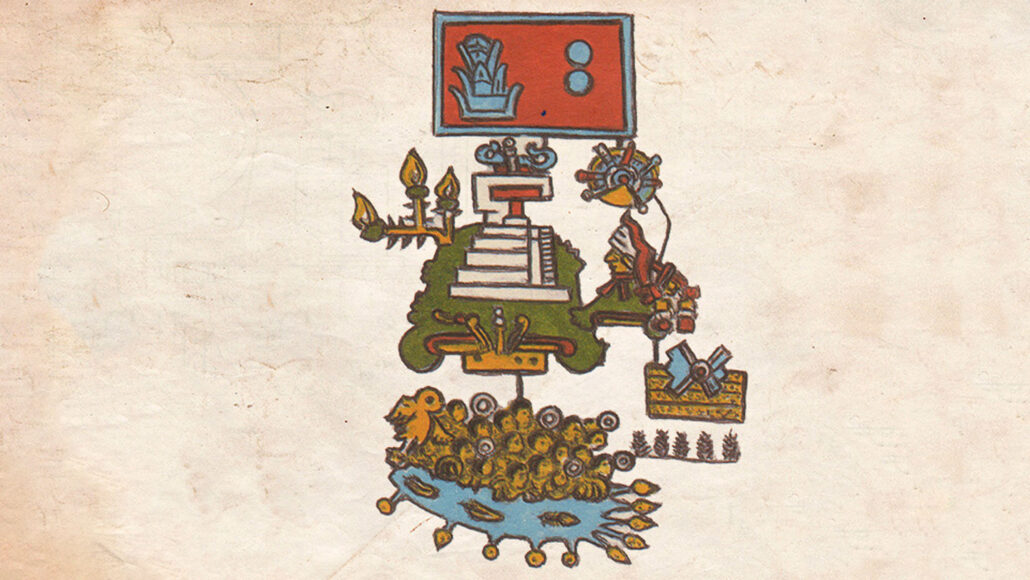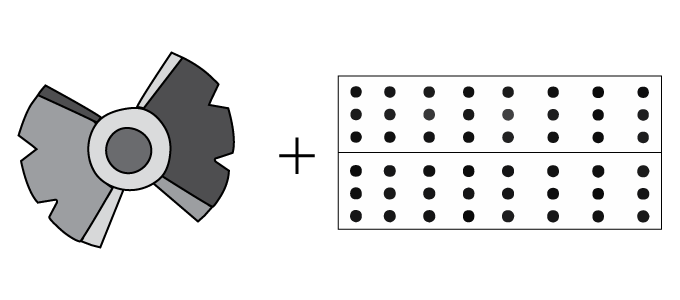Welcome back!
Partial Ellipsis of the Sun has been on a bit of a hiatus
but we're back just before Pi Day, 3/14/23. You'll notice new comment form verbiage near your comment box. We're hoping for more regularity in our posts in 2023 as we approach our ten year blogiversary this October.
"Of the many weird and wonderful facts about pi, one of my favourites is a surprising connection between the number 3.14 and the world around us.
It’s about rivers. Or more precisely, the bendiness of rivers.
One can measure how “bendy” a river is by measuring its total length and dividing by straight route from its source to mouth, this measure is called “sinuosity”. So a totally straight river would have a sinuosity of 1, while very bendy rivers can have very high sinuosity, with no limit to how high it can go."
Hans-Henrik Stølum, in the 1996 paper cited above, used empirical data and simulation to study the behavior of a river’s form over time, noting that the value of sinuosity tended to oscillate between a low-value of 2.7 and a high-value of 3.5, but with an average sinuosity of 3.14.
"Stølum justified this result using fractal geometry. This is the idea that if the bends of a river can be approximated by arcs of circles, and the little wiggles of a river by arcs of smaller circles, then the sinuosity of the river can be calculated to be pi."
After looking at Google Earth and other sources, including crowdsourcing via PiMeARiver.com for a small sample of only 258 rivers, Grime found the average sinuosity was 1.94.
The close distribution of the data is evidence that the average sinuosity of rivers is around 1.94 in his small data set.
"Bends in rivers are caused by erosion. As the water moves faster on the outside of a bend more erosion occurs, while soil deposits on the inside of a bend. This causes bends in rivers to become increasing more wild, increasing its sinuosity – until the bend becomes so extreme that the water can take a shortcut, cutting of the bend and forming an oxbow lake."
"The formation of an oxbow lake results in that section of the river suddenly becoming straight, lowering sinuosity. So it is erosion and the formation of oxbow lakes that are the two driving forces behind a river’s sinuosity. Over time this results in rivers behaving chaotically, with the value of sinuosity oscillating between high and low values. It was while studying this chaotic behavior that Stølum first noticed the value of pi."
"If the true value of average river sinuosity is smaller than pi, maybe we need to consider another mathematical constant? Like the golden ratio, aka phi (1.618) which is also found in the fractal behavior of nature. This phi value of 1.618; the ratio of pi/phi is 3.14/1.618 we get 1.94." Grimes questions "Coincidence, or something more?"
Or -- we definitely need more data!
Simon Singh discusses pi and rivers in his book Fermat's Enigma: The Epic Quest to Solve the World's Greatest Mathematical Problem.
Citing Stølum’s finding, Singh notes:
"The number pi was originally derived from the geometry of circles, and yet it reappears over and over again in a variety of scientific circumstances. In the case of the river ratio, the appearance of pi is the result of a battle between order and chaos. Einstein was the first to suggest that rivers have a tendency toward an ever more loopy path because the slightest curve will lead to faster currents on the outer side, which will in turn result in more erosion and a sharper bend. The sharper the bend, the faster the currents on the outer edge, the more the erosion, the more the river will twist, and so on. However, there is a natural process that will curtail the chaos: increasing loopiness will result in rivers doubling back on themselves and effectively short-circuiting. The river will become straighter and the loop will be left to one side, forming an oxbow lake. The balance between these two opposing factors leads to an average ratio of pi between the actual length and the direct distance between source and mouth."
Chaos and order: What are your thoughts on pi and rivers?
HAVE A GREAT PI DAY!












































